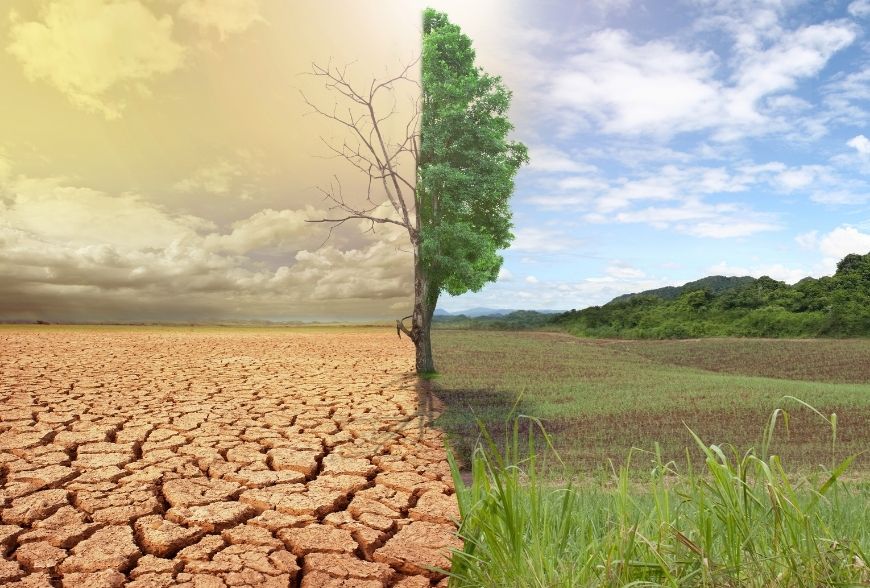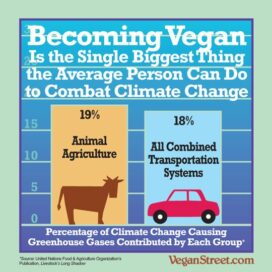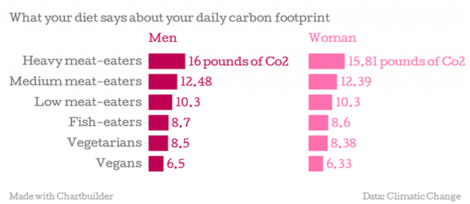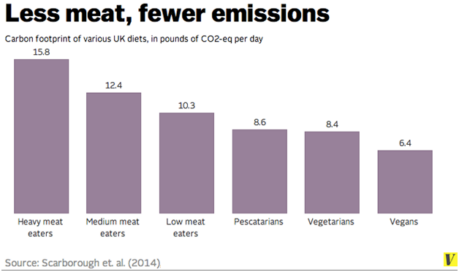- You have no items in your shopping cart
- Subtotal: ₹0.00

Farmed animals produce more greenhouse gas emissions (18%) than the world’s entire transport system (13.5%).In its 2006 report, the United Nations said raising animals for meat generates more greenhouse gases than all the cars and trucks in the world combined.

A recent World watch Institute report (“Livestock and Climate Change”) report accuses the world’s 1.5 billion livestock of responsibility for 51% of all human-caused greenhouse gas emissions.

Nitrous oxide is almost 300 times as damaging to the climate as CO2, and 65% of the quantity generated by human activity comes from livestock (mostly their manure). The digestive systems of farmed cows and sheep are also responsible for 37% of the total methane generated by human activity; this gas has 23 times the global warming impact of CO2. The animals we rear for meat also account for 64% of all the ammonia that humans impose on our precious atmosphere, contributing significantly to acid rain.
It is estimated to emit 7.1 gigaton of carbon dioxide equivalent (CO2-eq) per annum, representing 14.5 percent of all human-induced emissions.
Beef/mutton and cattle milk production account for the majority of emissions, respectively contributing 41 and 19 percent of the sector’s emissions. While pig meat and poultry meat and eggs contribute respectively 9 percent and 8 percent to the sector’s emissions.

The main sources of emissions are: feed production and processing (45 percent of the total – with 9 percent attributable to the expansion of pasture and feed crops into forests), enteric fermentation from ruminants (39 percent), and manure decomposition (10 percent). The remainder is attributable to the processing and transportation of animal products.

The use of fossil fuels on farms to grow feed and to intensively raise land animals for food emits 90 million tons of CO2 worldwide every year.



